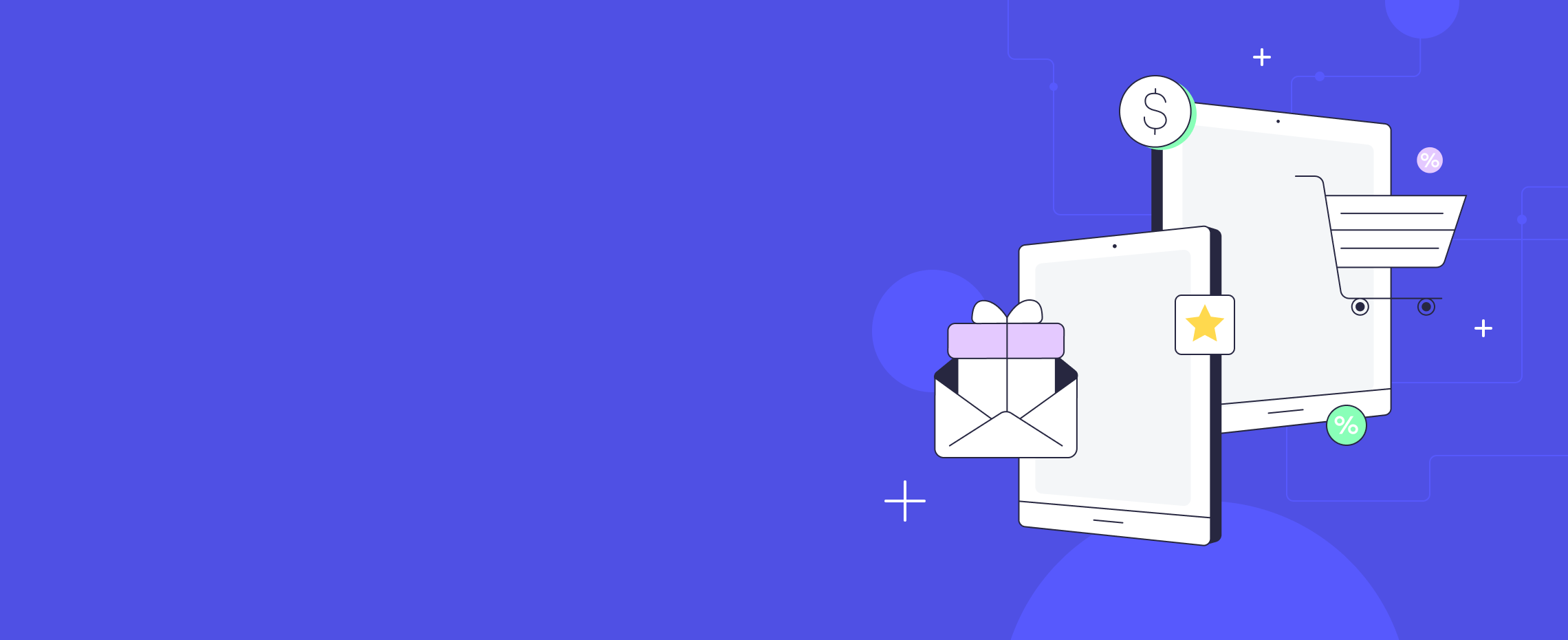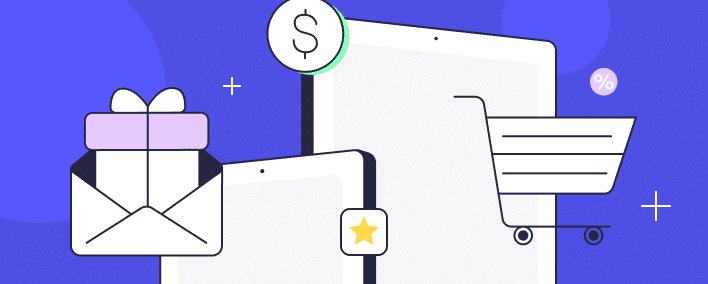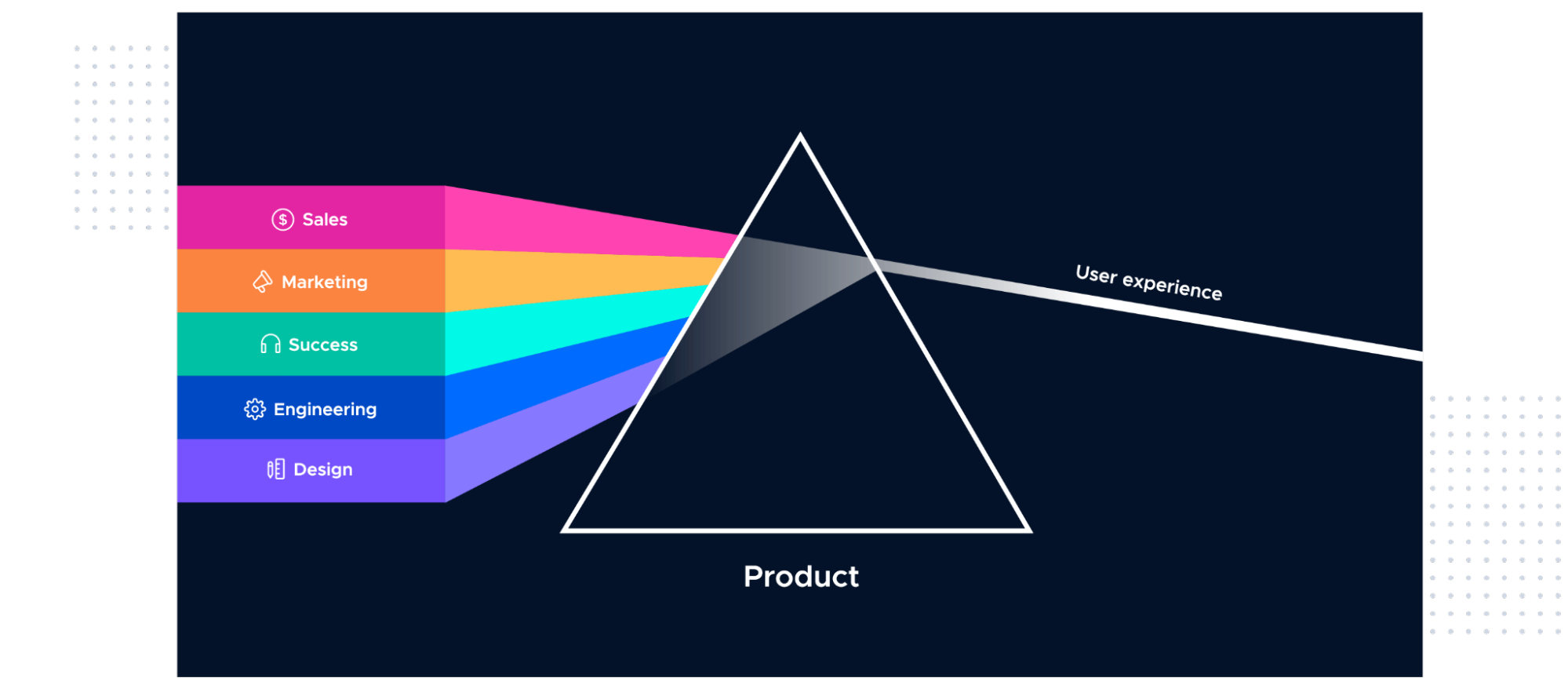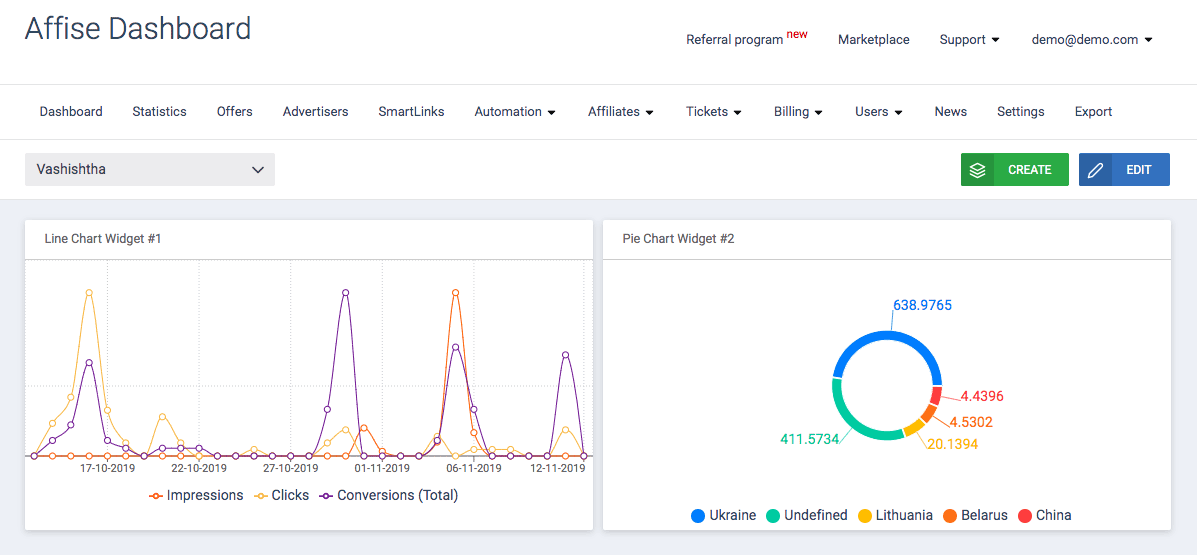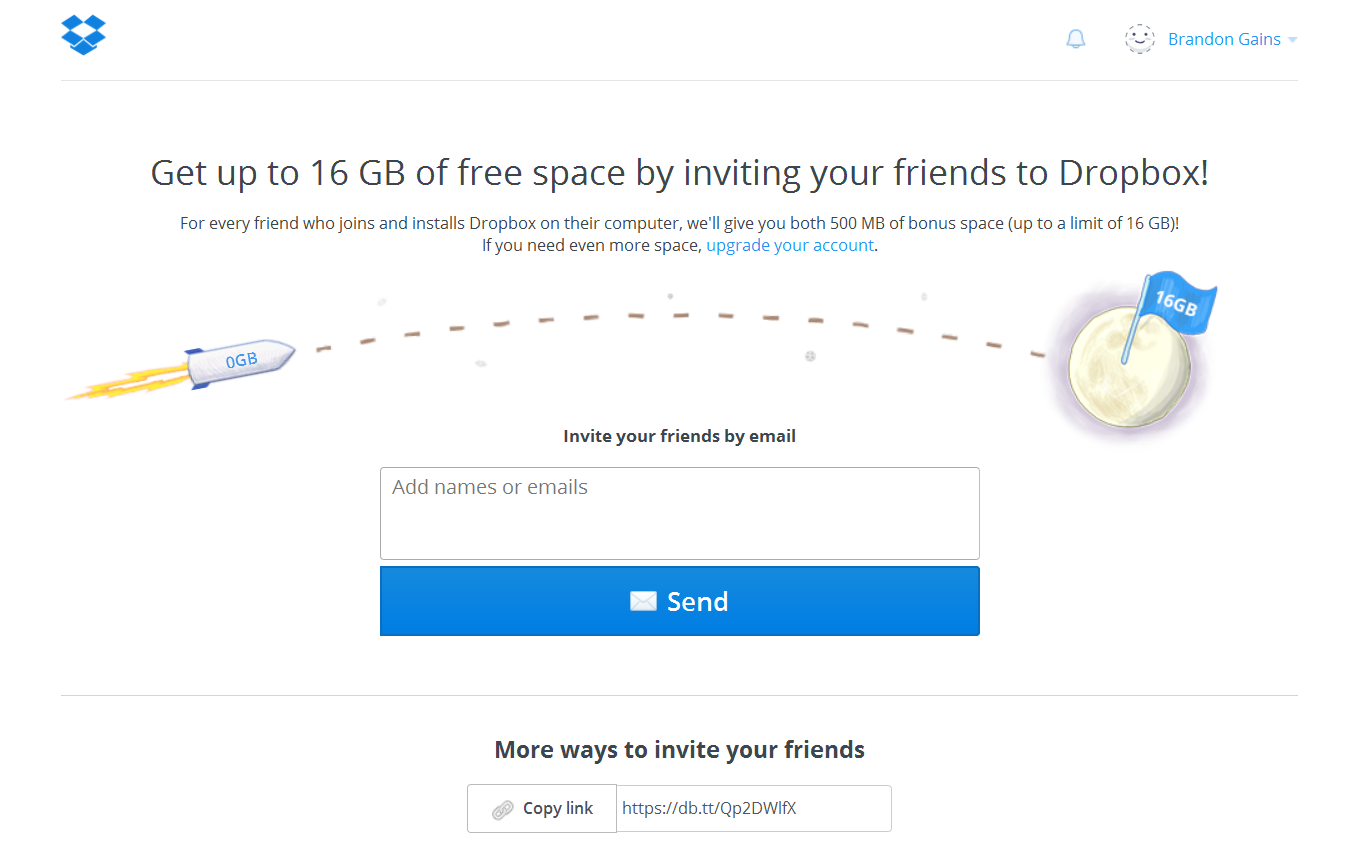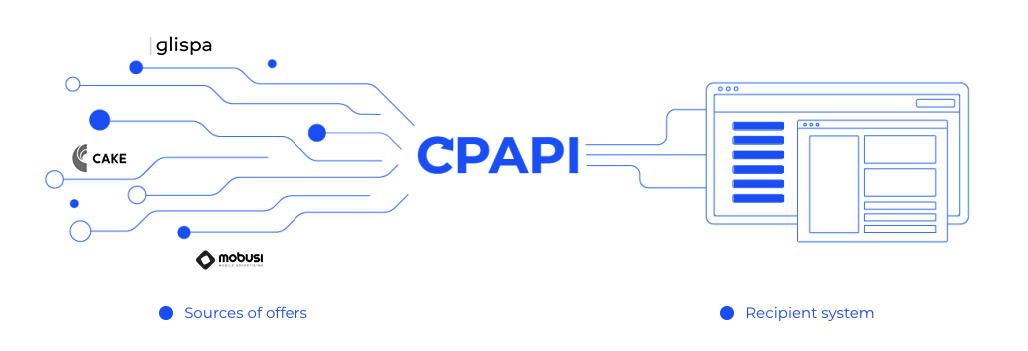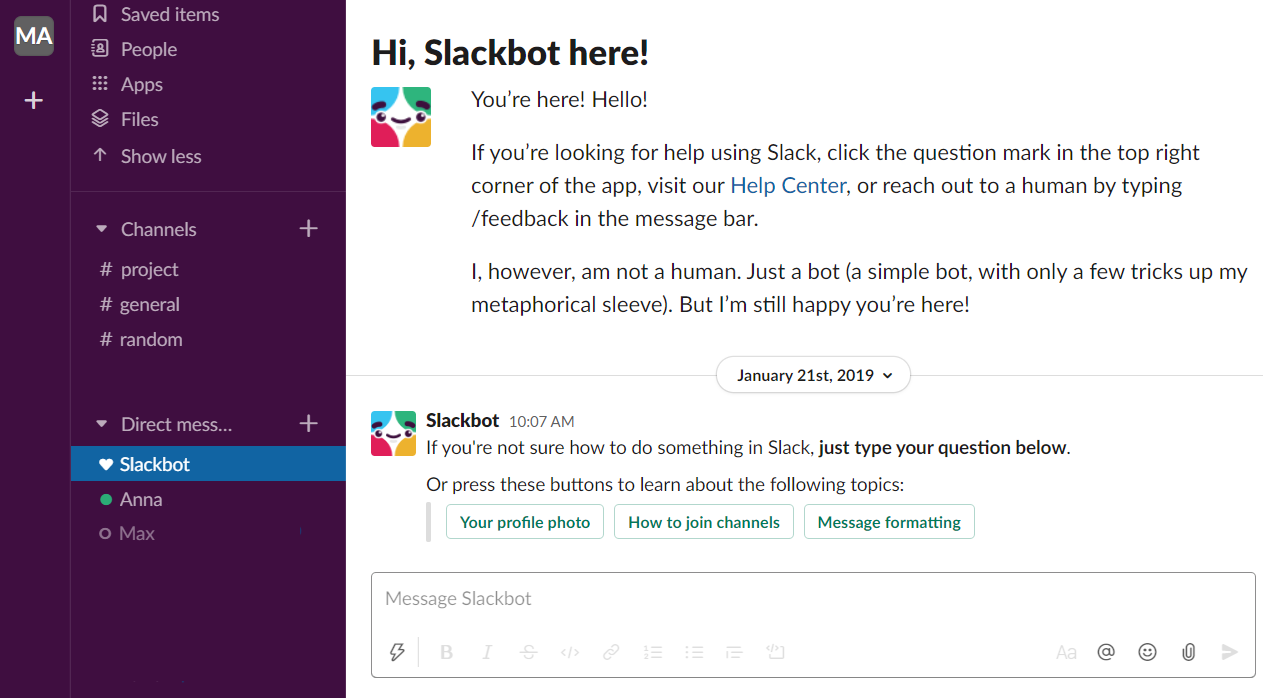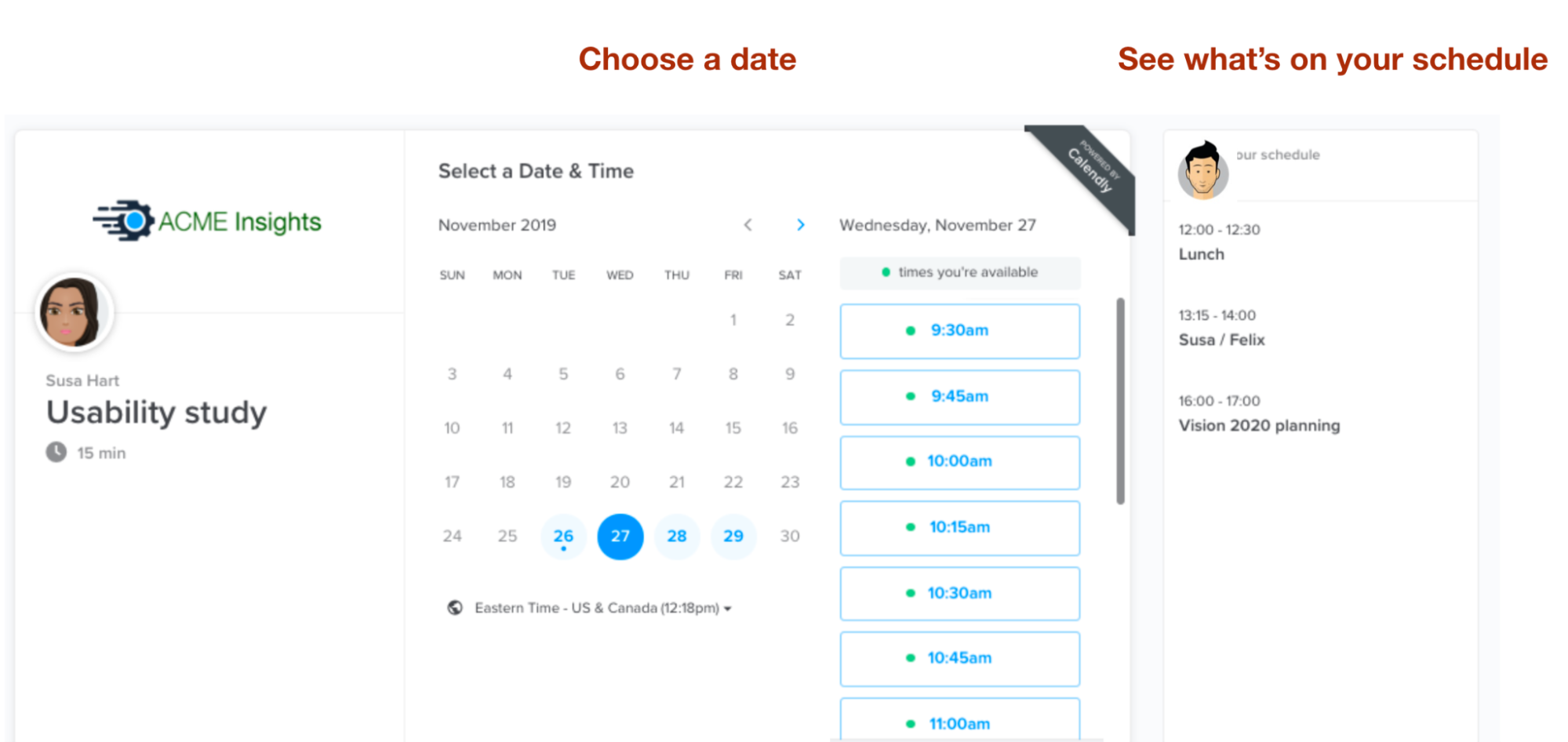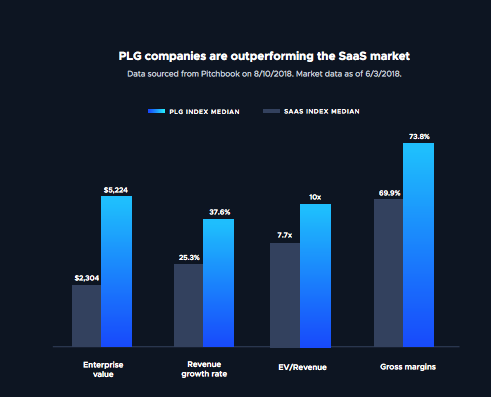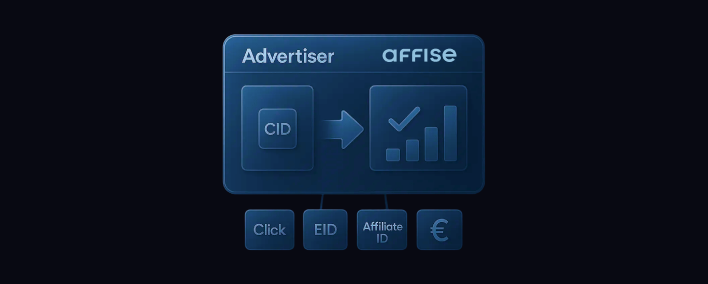For example, when it comes to partner marketing, the Affise platform can be tailored to suit a variety of use cases. It has unique software suites suited to different business types and the needs of any user. The service also gives users fully customizable dashboards and reporting in any way they see fit.
2. Capturing Value
The last time we checked, the goal of businesses hasn’t changed much in several millennia. We all are working together to nudge the customer towards that lovely precipice where they hand us their cash (or credit card) and parachute off with recurring payments!
But to have successful product-led growth, we need to reprogram how we think. PLG is a bottom-up form of marketing. We hand the product to the users as their entry point to the sales funnel, but they haven’t given us any money yet. And if we don’t give them any reason to, then they never will.
When you’re letting your products lead the way, you need users to observe their usefulness during their self-serve free trial or freemium use. They need to experience the joy of eliminating pain points or resolving an ongoing problem in their daily work.
This can only happen if your products have useful features and are highly functional. But you also need a streamlined onboarding process whereby customers can quickly achieve a meaningful action where success occurs.
Just how involved the onboarding process is depends on several factors. If your product is straightforward, then the design and engineering should make that self-evident.
If your free product has layers of complexity, then channels for support and human touchpoints should be readily available. New users should be directed to the right resources to match their specific use cases. This could range from fraud prevention functionality to app documentation and integrations.
3. Invest in the Product With Go-To-Market Intent
The early stages of product development are all about hypothesis and experimentation. When you’re forming a product led growth strategy, you have to consider all aspects of the campaign during development. Each component of PLG must be built into the product.
Otherwise, you will have a nice product on your hands, but it won’t be ready for a go-to-market strategy. This is because the product won’t be able to drive acquisition, conversion, and market expansion without the proper internals. Any app or service will only be a go-to-market product if it has:
- The ability to measure data, compile metrics, and track user behavior.
- Functionality for growth and improvement with time as your user base increases.
- Built-in readiness for testing of feedback-based improvements for the end-user.
Major Components of a Product Led Growth Strategy
Product is the Key Channel
Your product is the main vehicle for all of your marketing efforts. Keep the interface clean but make sure users can see useful features gained when upgrading to a paying subscription. Use the product to effectively communicate onboarding and upsell opportunities.
Viral Effect









